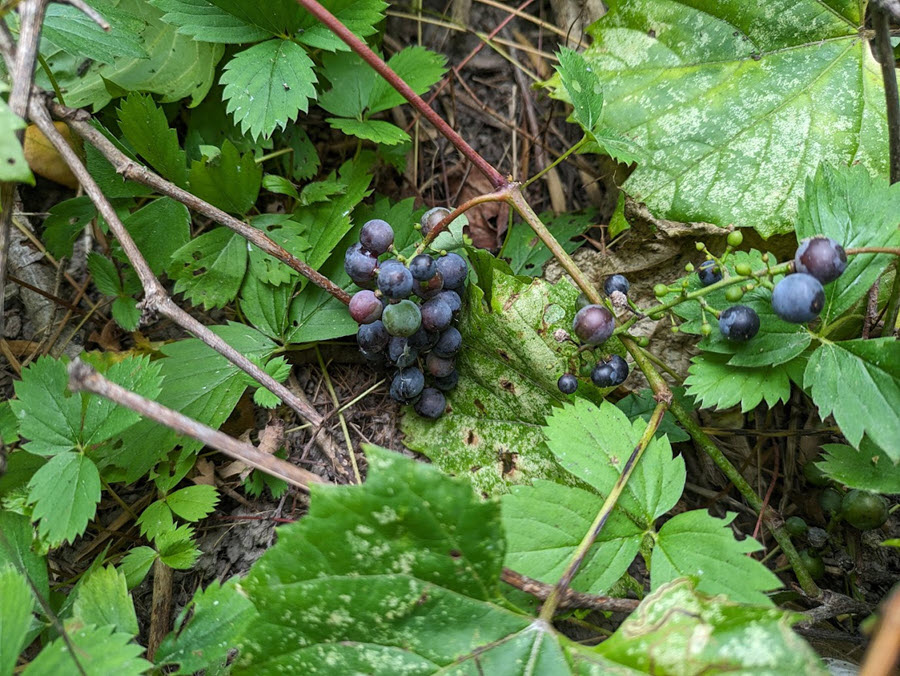
Hills, Hardwoods, and Grassy Meadows
The Savanna State Forest is nestled amidst rolling, forested hills and shimmering lakes. Adjacent to the winding Mississippi River in northeastern Minnesota, the forest offers unparalleled wilderness beauty. Spanning over 238,000 acres, this expanse of towering pines, vibrant meadows, and meandering waterways offers a countless options for outdoor adventures. But beyond its scenic allure lies a fascinating story of conservation and transformation, etched in the very designation of "State Forest."
First Peoples
Before the land was protected for recreation and ecological preservation, it echoed with the footsteps of native peoples for millennia. The Ojibwe people, with their deep connection to the land, stewarded these forests for generations, hunting, fishing, and gathering sustenance. Their ancestral legacy is woven into the very fabric of the landscape, whispering through the rustling leaves and echoing in the calls of loons across tranquil lakes.
European Arrival in Northern Minnesota
In the late 19th and early 20th centuries, the arrival of European settlers ushered in a period of immense change. Lumberjacks carved their way through the vast expanses, leaving behind scars of logging operations. As forests dwindled and concerns about conservation mounted, the need for responsible management became evident.
The Call for Preservation
The year 1936 marked a turning point. Recognizing the ecological significance of the region, the Minnesota Legislature took a pivotal step by designating the area as a State Forest. This designation signified a commitment to manage the land sustainably, balancing the needs of resource exploitation with environmental protection.
The journey of the Savanna State Forest since then has been one of ongoing stewardship. From controlled burns that mimic natural processes and maintain the health of the savanna ecosystem, to meticulous management plans that ensure responsible recreation and minimize environmental impact, the forest continuously evolves with conservation at its core. The Minnesota Department of Natural Resources currently manages 150,000 acres of the 238,000 in the forest.
The Savanna State Forest Today

Today, the Savanna State Forest is over-indexed with diverse life. Hikers take on raw forests while all-terrain vehicles and snowmobiles traverse managed trail systems. Kayakers paddle across pristine lakes and the upper Mississippi River. Anglers cast lines in search of walleye, bass, and northern pike. Stargazers from across Minnesota take in the breathtaking night sky, unpolluted by city lights.
The Savanna State Forest demonstrates the power of conservation. It's a living laboratory where ecological processes unfold undisturbed, offering invaluable research opportunities for scientists. It's a place where outdoor enthusiasts learn about the delicate balance of nature, fostering a sense of environmental responsibility. And it's a unique place where people reconnect with the land, seeking solace and rejuvenation.
Explore Northeastern Minnesota
If you decide to explore the Savanna State Forest, remember the generations who came before you, the indigenous stewards who cared for the land, and the conservationists who fought for its protection. Every footstep, every paddle stroke, and every breath of fresh air carries the whispers of history and the promise of a sustainable future. And remember that your visit is a tribute to the legacy of conservation in northeastern Minnesota.
Sources:
General Information
- Minnesota Department of Natural Resources: https://www.dnr.state.mn.us/rys/pg/savanna.html
- Savanna State Forest Map: https://www.dnr.state.mn.us/state_forests/forest.html?id=sft00046
- Explore Minnesota: https://www.dnr.state.mn.us/state_parks/park.html?id=spk00259
Historical Background
- A History of Forestry in Minnesota: http://files.dnr.state.mn.us/forestry/history/documents/historyofForestry-1969.pdf
- Mille Lacs Band of Ojibwe: https://millelacsband.com/
Conservation Efforts
- Minnesota's State Forest System: https://www.dnr.state.mn.us/state_forests/index.html
- Sustainable Forestry Initiative: https://www.sfiprogram.org/
Flora and Fauna
- Mammals of Minnesota: https://www.dnr.state.mn.us/mammals